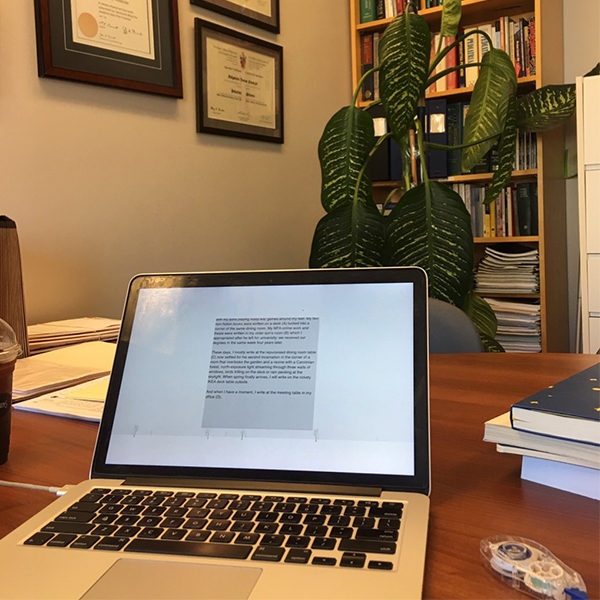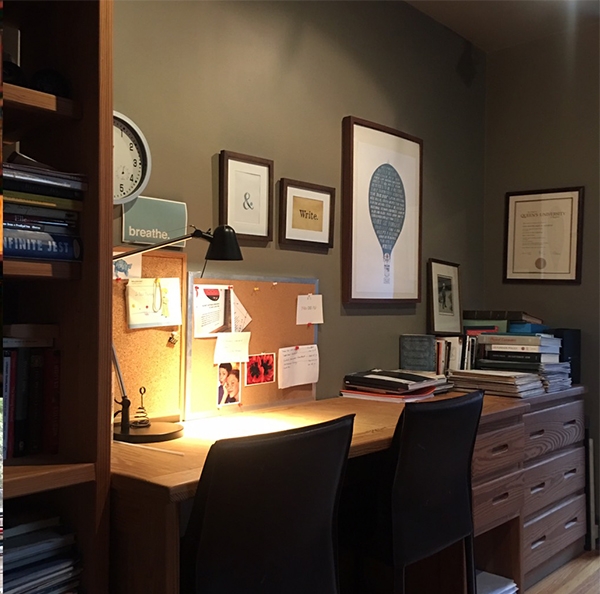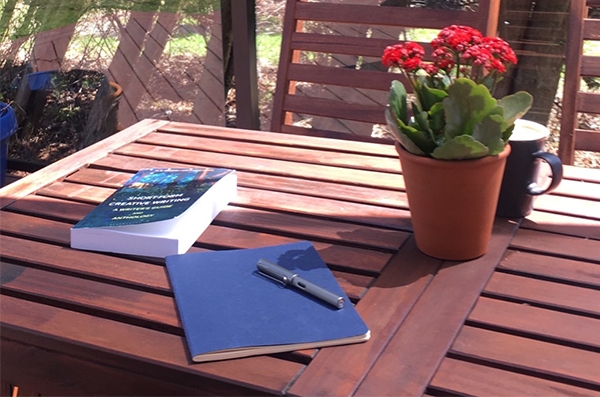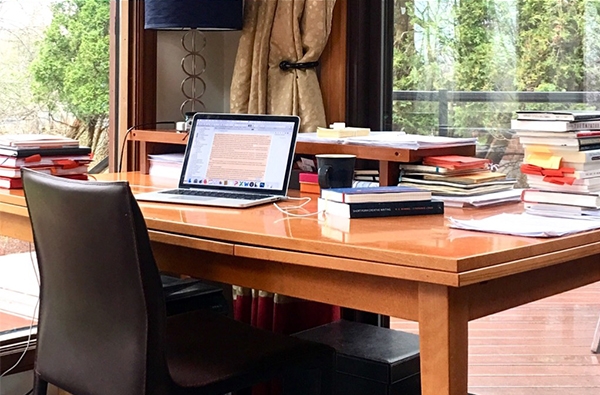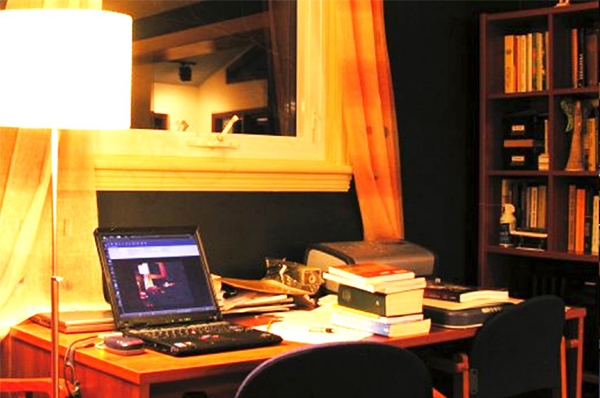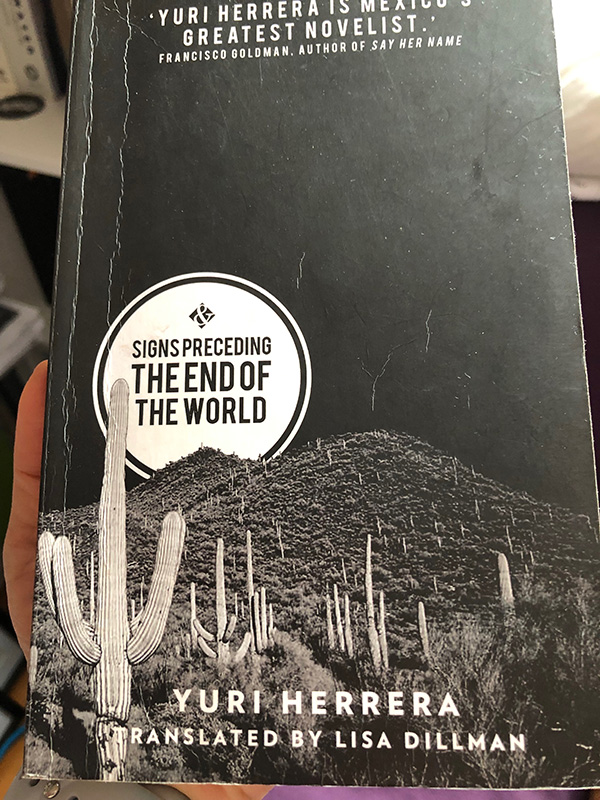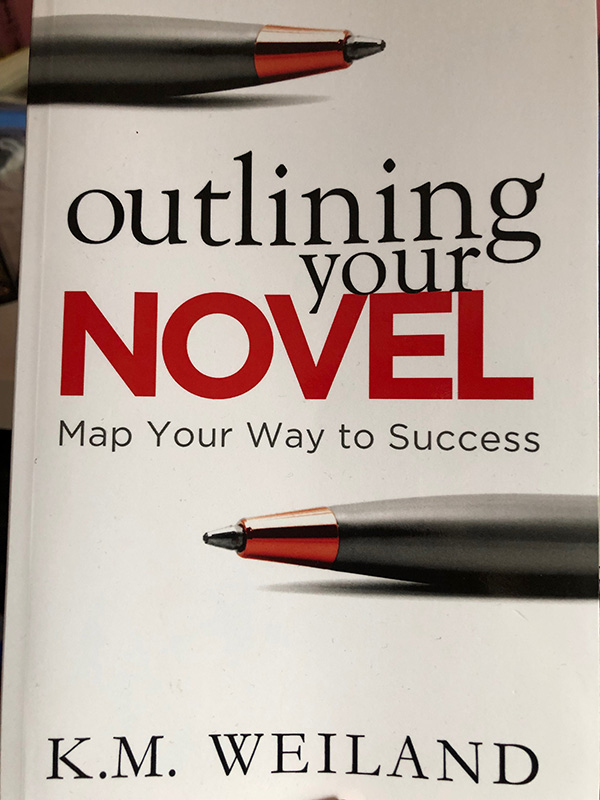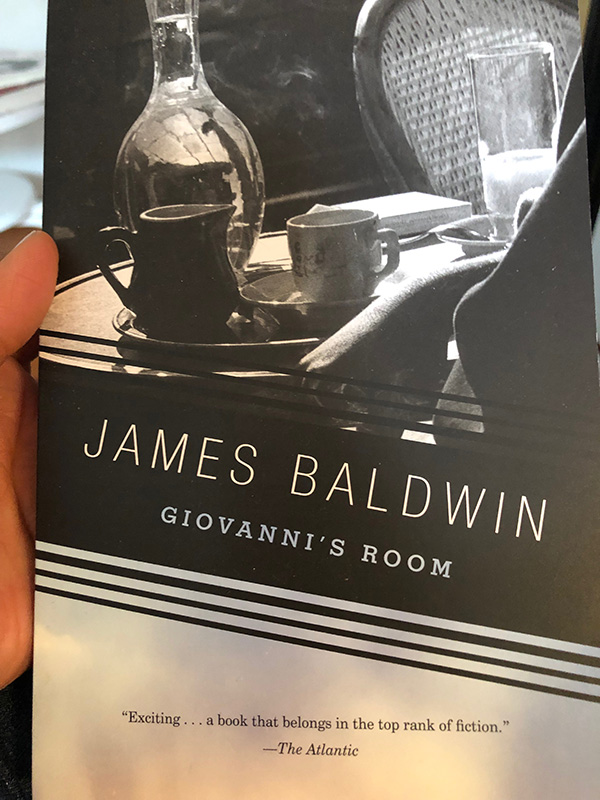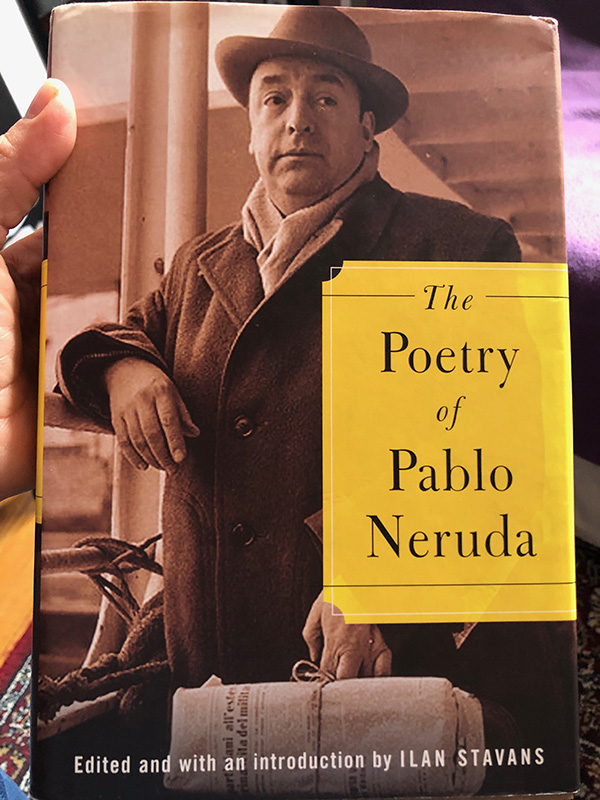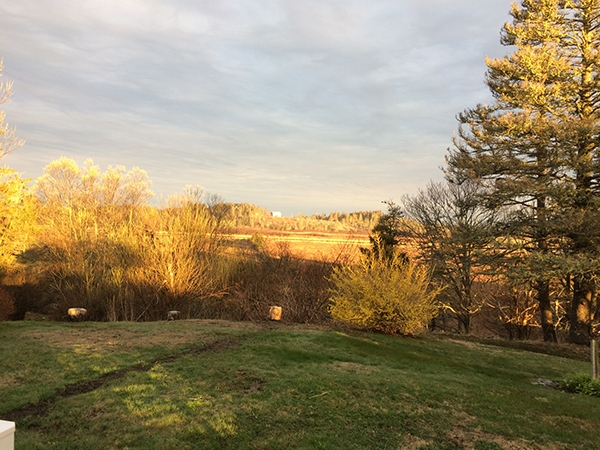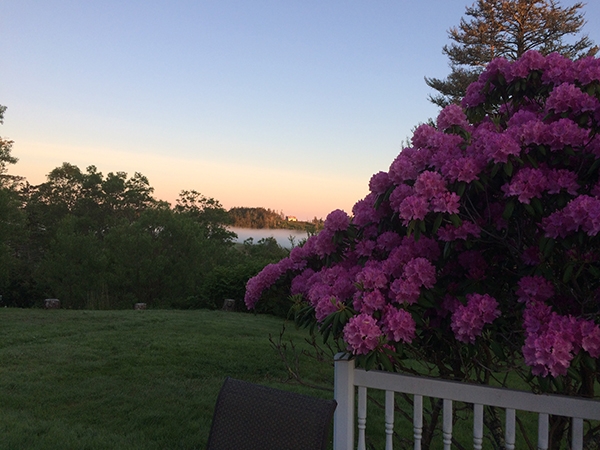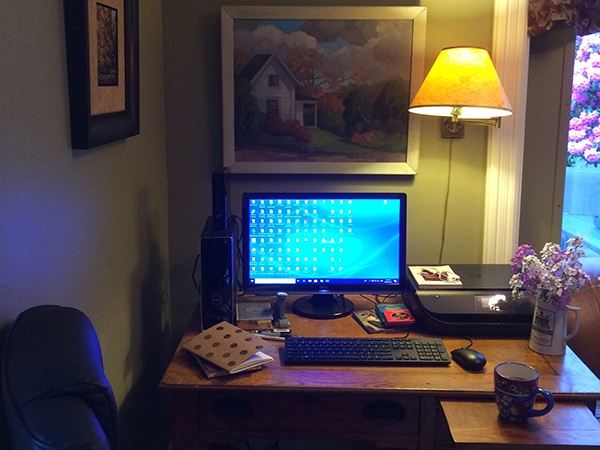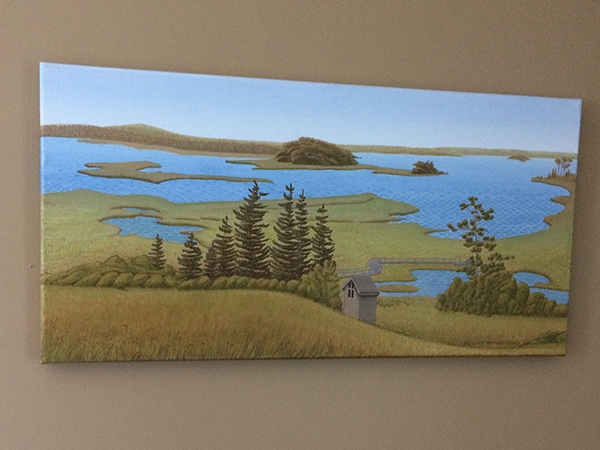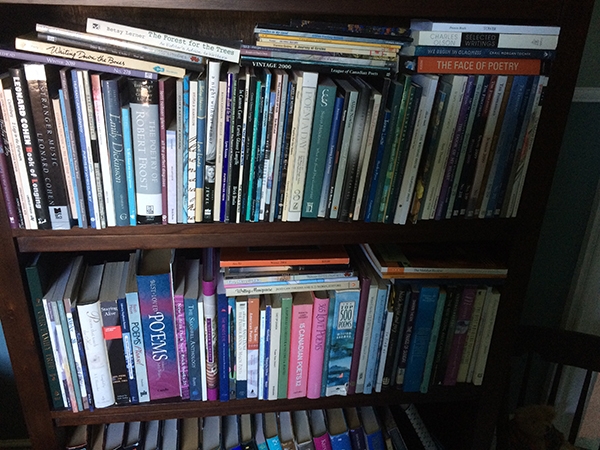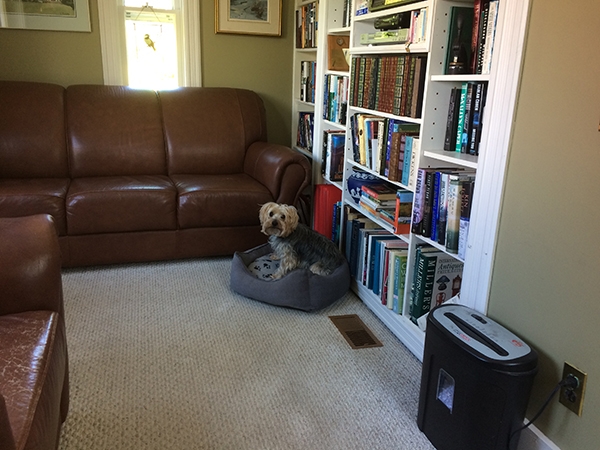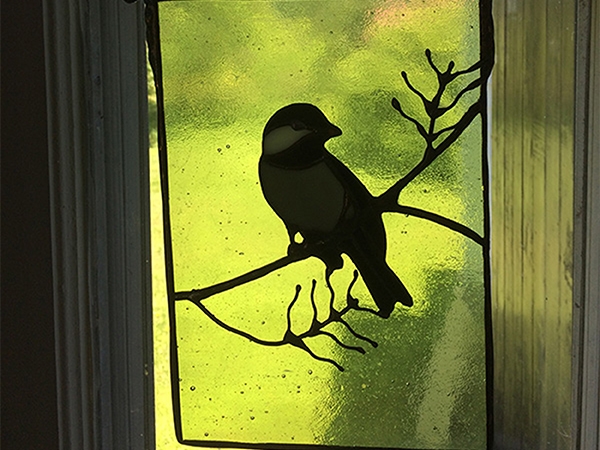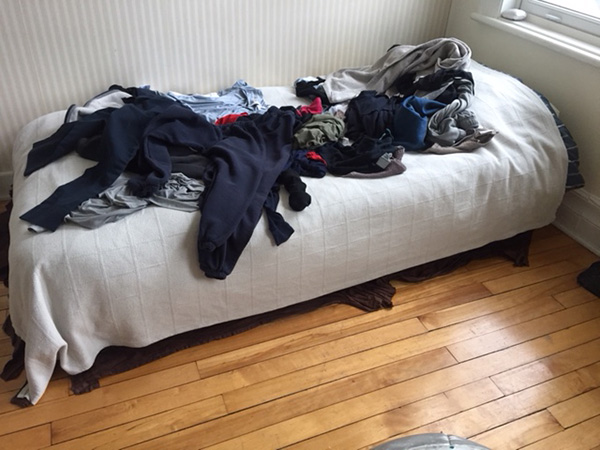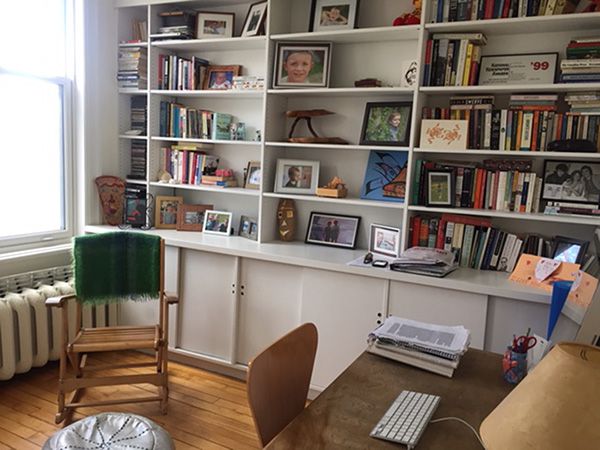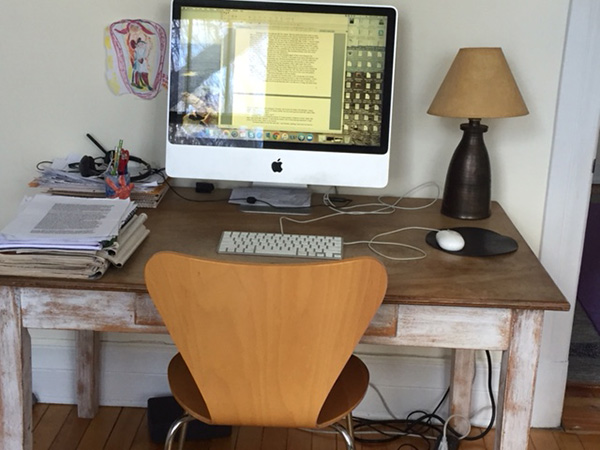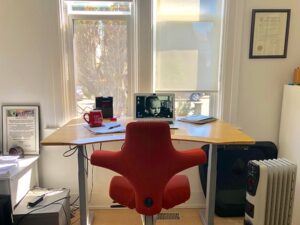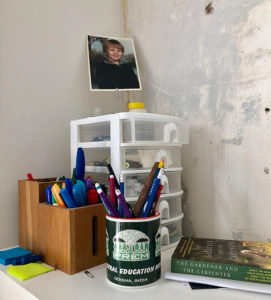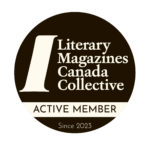Let me begin with what I’ve been reading in the last two months which, now that I look back, is typical. I am writing this on May 23rd, so from March 23 until today the books I’ve read were Moon of the Crusted Snow (Waybgeshig Rice), My Last Continent (Midge Raymond), Toronto the Wild: Field Notes of an Urban Naturalist (Wayne Grady), Crow: from the Life and Songs of the Crow (Ted Hughes), Bringing Back the Dodo: Lessons in Natural and Unnatural History (Wayne Grady), Dark Matter (Blake Crouch), The Little Ice Age: How Climate Made History 1300-1850 (Brian Fagan), When the English Fall (David Williams), The Eye of the Beholder (Janice MacDonald), Boy Swallows Universe (Trent Dalton), Pretending to Dance (Diane Chamberlain), When All is Said (Anne Griffin), House of Stone (Novuyo Rosa Tshuma), Bangkok Wakes to Rain (Pitchava Sudbanthad) and Evidence (Mary Oliver).
I have two on the go: Ian McEwan’s Machines Like Me, and Emma Newman’s Atlas Alone, the fourth in her Planetfall series.
So, I am an eclectic and avid reader. It’s one of the quiet activities my wife and I share. We often talk about what we’ve read, the questions it raises, or read to each other sentences or turns of phrase that make us laugh or cry.
I could go all the way back to my childhood, when the books I was allowed access to were a Book of Knowledge and Christian boy adventure stories. But the 60s may be a better starting point. In 1967, when I was 19 years old, I hitch-hiked from Winnipeg to Montreal, took a freighter to Belfast, and then vagabonded my way across Europe, Turkey, Iran, Afghanistan, Pakistan, India…until I eventually ended up where I had started. In the process, I began a lifelong habit of reading books, usually fiction, but not always, from the countries through which I was travelling. For much of my professional life as a veterinary epidemiologist, I continued to read and bring home books from Europe, Asia, Africa, and Latin America.
Over the years, I have often binged on certain writers. I don’t remember all that I’ve read, so a few years ago, I joined Goodreads, in which I write mini-reviews of each book I read, and let the program help me keep track. Turns out, I read about 100 books a year, which includes children’s books, which I got into when our kids were young, and now continue to plunge into periodically with my grandchildren.
When I started seriously writing poetry, I read a lot of poetry. After my undergraduate arts degree, when I shifted into science, I read a lot of popular science and science fiction to help me make sense of things. When I met my future wife, I read a lot of feminist theory and psychology.
When I started writing short stories, I read a lot of short story collections. When I decided to re-try my hand at long fiction (which I’d shelved when I became a veterinarian and we had young children), I read a lot of mysteries. I like mysteries set in countries other than Canada, from which I can learn without feeling like I am being lectured to.
For the past decade, my son and his wife & children have lived in Australia, and I have read everything I could get my hands on in Australian fiction and popular science.
As a member of a One Book One Community committee in Waterloo region, I try to read as many Canadian books as I can.
Some books grabbed me and changed me at a certain age, and then let go: timing is everything. Others have stuck with me over the long haul, because of some combination of a good story, feral imagination, brilliant language skills, and resonance across time, gender, culture and age. To the list of authors I’ve read in the past two months I would add, in no particular order, Ann Patchett, Jane Harper, Tim Winton, Doris Lessing, Margaret Atwood, Gabriel Garcia Marquez, William Boyd, Miriam Toews, Michael Pollan, John Le Carré, Jeff Vandermeer, Yukio Mishima, Kobo Abe, Arturo Perez-Reverte, Esi Edugyan, Kate Atkinson, Rose Tremain, Emma Hooper, Charlie Jane Anders, Pablo Neruda, Paolo Bacigalupi, Emily St. John Mandel, Richard Flanagan, David Bergen, Anna Smaill, M.R. Carey, and Colson Whitehead…Get the picture? Me neither. Well, it is a picture of the amazing and unsettling complexity of life, the literary equivalent of a Pieter Bruegel the Elder and Rob Gonsalves mash-up.
I turn 71 this year. If a book doesn’t grab me by 70 pages, I (usually) quit. Life is too short. Often, if a book delights or intrigues me, I’ll read as many of that author’s books as I can. I read to be intrigued, to have my imagination teased, to delight in the language, in the forward momentum of a story, and—at the end of even the direst tale—to be hopeful, grounded, and to have a sense of new possibilities.
Cover images courtesy of Words Worth Books.
